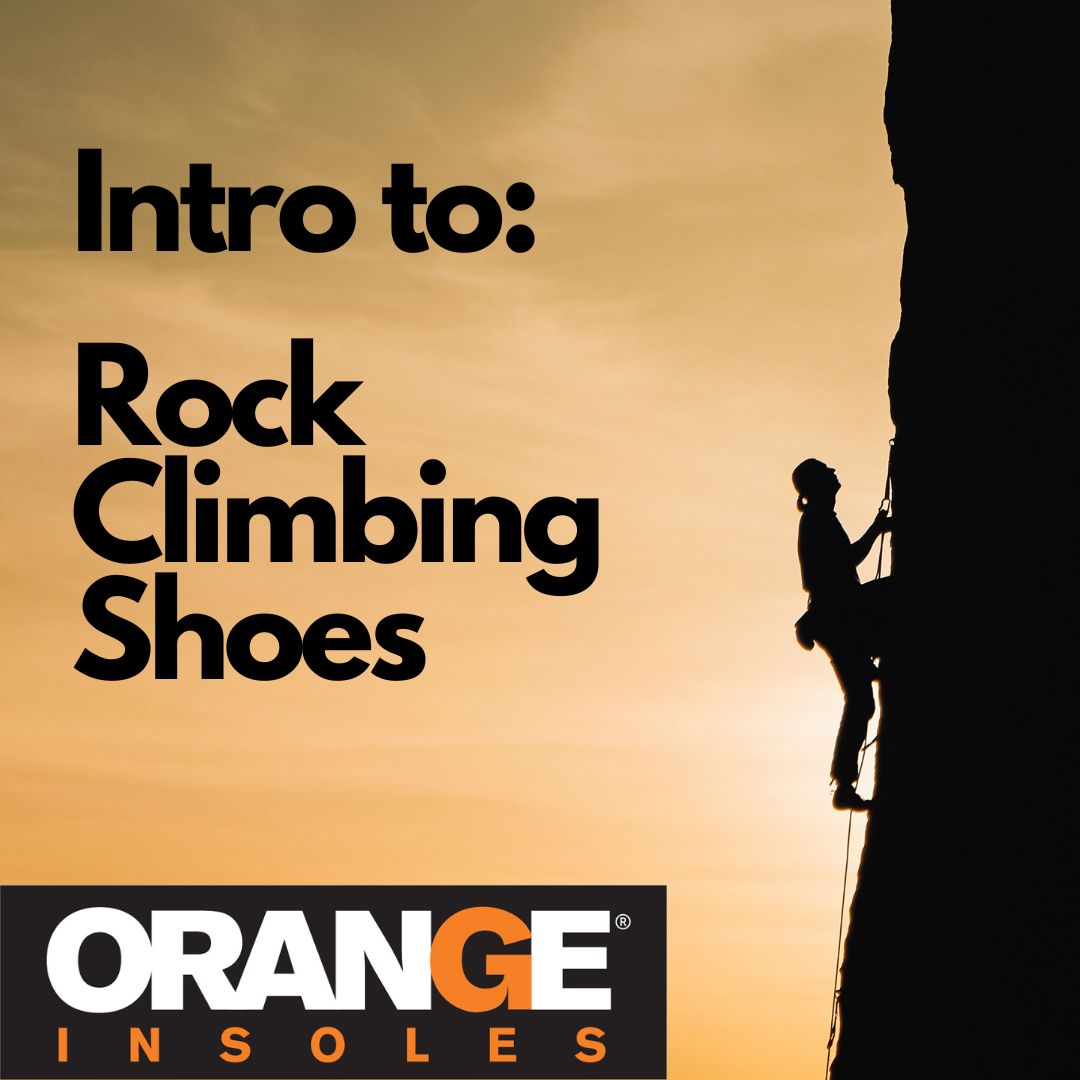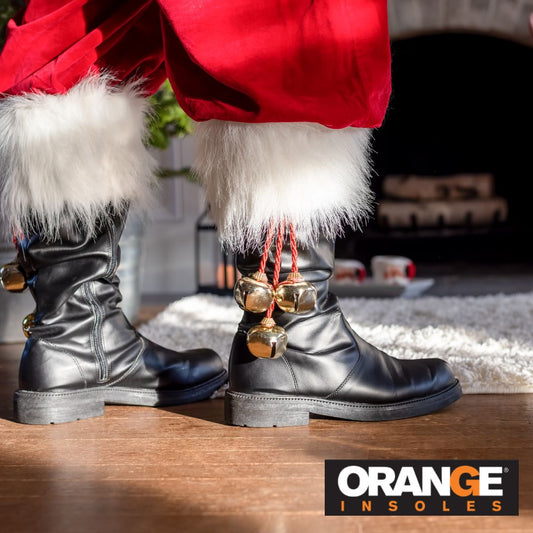If you’ve found yourself dipping your toes into the world of rock climbing, you’re not alone. There are almost 600 rock climbing gyms in the U.S.- double the amount from just ten years ago! Any climber will tell you that buying your first pair of shoes is one of the most important parts of getting started. So, we’ve crafted a handy guide for how to buy climbing shoes for the first time.
They should be snug, but not painful
Usually, climbing shoes are 1 to 1.5 sizes smaller than your street shoes. However, don’t get too caught up in the sizing; you should judge them by the way they feel. They should fit perfectly around the foot with no pressure points. Your toes should be able to lie flat. You shouldn’t be able to take your heel out without loosening the straps or laces.
Despite what some climbers say, your shoes should never be so tight that they hurt- it can absolutely cause certain issues and injuries in the long run.
Style: Find a “neutral” or “moderate” pair
When just starting out, look for something simple and versatile. Find shoes that are labeled “neutral” or “moderate”, not “aggressive”.
Most climbers start off with neutral-style shoes. These have soles that are flat and stiff and are not downturned for more technical climbs. Still, they’re not just for beginners. Many experienced climbers enjoy these for all-day comfort.
Moderate style shoes may work better for some challenging routes since they have thinner soles and more grip. They’re more comfortable than aggressive shoes, but they’re often less comfortable than neutral shoes and will wear down faster.
Try out different sizes at the gym
Some beginner climbers will try out one rental pair at their gym and stick with it. Though, it’s possible that they might just improve their footwork with a different size. Get a good idea of what really works for you before spending $100+ on your first pair.
No need for socks
Unless they’re in cold weather, most climbers prefer to go sockless so that they can be more sensitive to feeling the footholds, so keep this in mind when you start shopping. On the other hand, if you want to try out gym rental shoes first, they often require that you wear socks for hygiene reasons.
If you can, try them in-person
As with any pair, trying them on is the most crucial part of how to buy climbing shoes. It can definitely save you the hassle of having to return them. If you’re only able to buy online, see if you’ll be able to exchange it if you have to.
They may be a bit uncomfortable for one or two sessions until you break them in, but it shouldn’t take longer than that. Take a look at your feet- are there any blisters or markings to be concerned about? You might need to try a different closure, style, size, or brand.
Closure: straps, laces or slip-on?
All climbing shoes either have straps or laces or are slip-on. Choosing the footwear closure is just a matter of finding what you like. Some climbers prefer laces so that they can be better adjusted for when their feet swell up. Velcro straps are popular since you can easily slip them off between short climbs, so many boulderers use them. Slip-on shoes-also called slippers- are almost always used by experienced climbers for crack climbing.
Final tips
- Sweaty, bare feet can make climbing shoes a challenge to keep clean. Always wipe the inside of your shoes with a damp cloth after climbing. Deodorizing powder can also be used to keep them fresh.
- Only use a very small amount of water for spot cleaning. Never put them in the washing machine!
- You can wipe the soles with rubbing alcohol to restore their grip.
- Don’t keep your shoes in direct sunlight or in a hot car.
All in all, don’t overanalyze the bells and whistles- knowing the basics of how to buy climbing shoes should be enough to get you started. Always follow your gym's safety rules and happy climbing!

























































